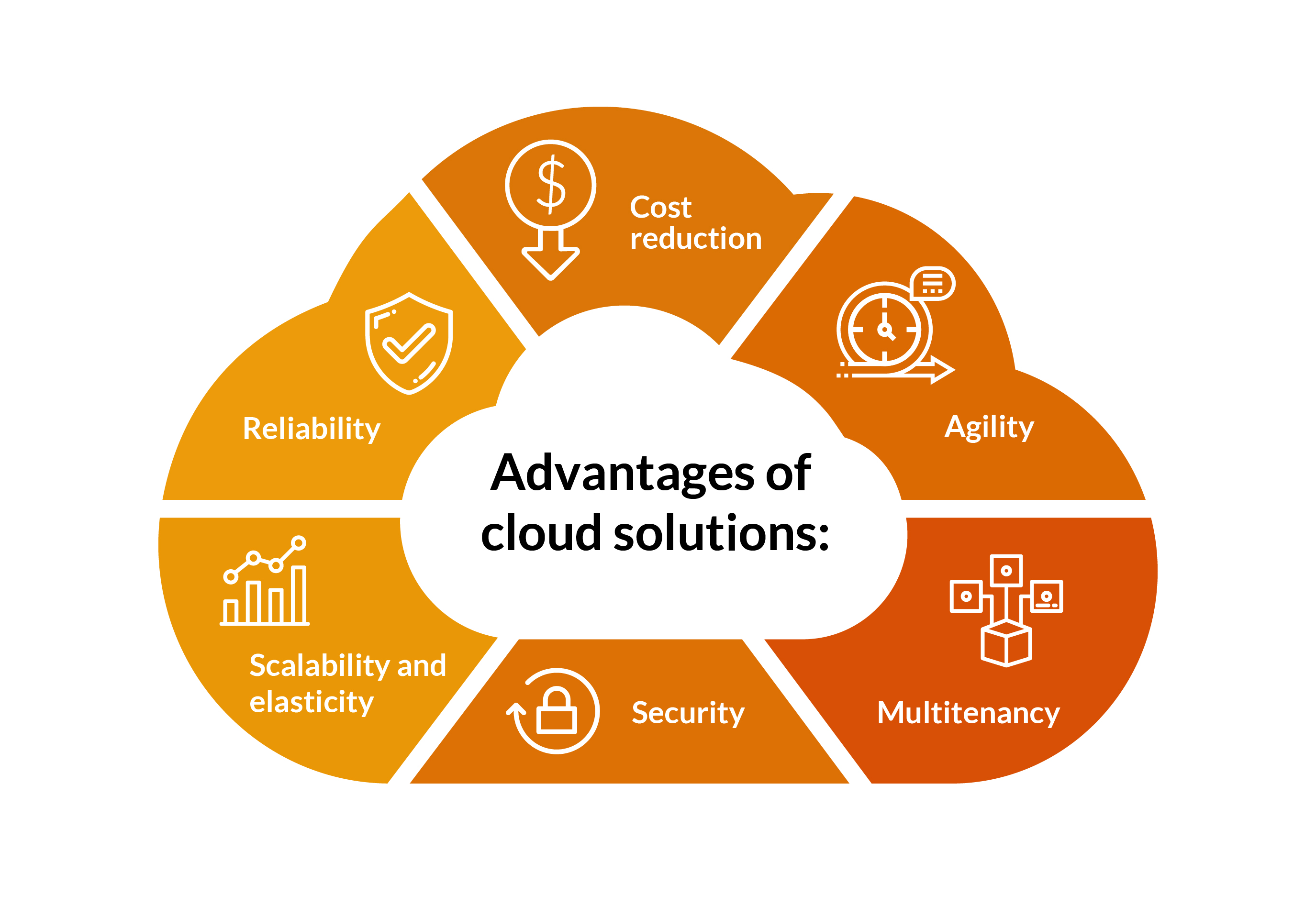LinkDaddy Cloud Services Introduced: Specialist Techniques for Cloud Services Press Release Excellence
LinkDaddy Cloud Services Introduced: Specialist Techniques for Cloud Services Press Release Excellence
Blog Article
Simplify Your Framework With Cloud Services
As organizations browse the ever-evolving landscape of innovation and data management, the function of cloud services in streamlining framework has ended up being progressively noticeable. Just how can companies effectively browse this change and really open the possibility of cloud services for streamlining their facilities?
Advantages of Cloud Solutions
Cloud solutions provide a streamlined technique to managing IT framework, supplying companies with cost-efficiency, scalability, and versatility. One of the essential advantages of cloud solutions is the scalability they provide. Companies can easily scale their resources up or down based upon need, guaranteeing they only pay for what they utilize. This versatility is especially advantageous for businesses with fluctuating demands or those experiencing development.
In addition, cloud services get rid of the requirement for services to invest in pricey software and hardware. This cost-efficiency is a substantial advantage, especially for small to medium-sized enterprises aiming to reduce ahead of time expenses. By using cloud solutions, services can access high-grade IT sources without the significant price tag linked with conventional infrastructure setups.
Additionally, cloud solutions supply businesses with the flexibility to access their information and applications from anywhere with a web connection. This degree of availability enhances cooperation amongst groups, enables remote work, and boosts general productivity. The adaptability supplied by cloud services equips services to adapt promptly to altering market conditions and consumer demands.
Price Savings and Scalability
In addition to the functional benefits highlighted earlier, the combination of cloud solutions right into a company's facilities produces significant price financial savings and improved scalability. Cloud solutions provide a pay-as-you-go design, allowing companies to range sources up or down based on existing demands, consequently avoiding the prices related to keeping excess capacity. This flexibility makes it possible for business to adapt quickly to changing demands without incurring unneeded costs.
Moreover, cloud solutions remove the need for ahead of time financial investments in equipment and software, decreasing resources expenses. Overhead are likewise reduced as business no more need to take care of and maintain physical servers, bring about lower power consumption and IT staffing costs. In addition, cloud solutions supply automatic updates and upkeep, guaranteeing that the facilities remains current and secure without calling for manual interventions.
Boosted Security Procedures
Applying strict safety actions is vital when integrating cloud services into a business's infrastructure to secure delicate data and guarantee compliance with market laws. Cloud service carriers use enhanced security functions such as data security, firewall protection, and multi-factor verification to reduce cybersecurity dangers.
Additionally, normal safety audits and compliance analyses aid make certain and determine vulnerabilities adherence to market requirements. Firms can also take advantage of features like automated protection updates and real-time risk tracking given by cloud company. By focusing on security steps and remaining positive in dealing with prospective risks, organizations can confidently take advantage of cloud solutions while protecting their valuable data from unauthorized gain access to or breaches.
Transitioning to Cloud Framework
To successfully integrate cloud solutions into a firm's facilities, a structured strategy that addresses the change in the direction of cloud-based solutions is important. Transitioning to cloud infrastructure involves cautious preparation and implementation to make sure a smooth movement process. The initial step is to analyze the current infrastructure and identify which systems and applications are appropriate for movement to the cloud. This assessment ought to consider aspects such as data level of published here sensitivity, compliance needs, and performance needs.
As soon as the assessment is total, a migration approach need to be established. This strategy needs to detail the timeline, resources, and responsibilities for moving each component to the cloud. It is necessary to communicate this plan plainly to all stakeholders to ensure placement and decrease interruptions throughout the change.
Throughout the movement screening, surveillance and process are vital to recognize and deal with any type of concerns quickly. Normal checkpoints should be established to track progression and make necessary adjustments. In check out this site addition, training for employees on making use of cloud services ought to be supplied to make sure an effective shift and make the most of the benefits of the new facilities.
Ideal Practices for Cloud Adoption
Effective adoption of cloud services pivots on the calculated placement of company purposes with technological abilities and organizational readiness. To make certain a smooth transition to the cloud, companies should start by performing a detailed assessment of their existing facilities and identifying which workloads are best suited for cloud movement. It is critical to involve crucial stakeholders from different divisions in the decision-making process to acquire buy-in and attend to any kind of issues beforehand.
Another finest practice for cloud adoption is to focus on protection and compliance. Organizations should very carefully review the security steps provided by cloud company and ensure that their data is safeguarded according to sector criteria and regulatory requirements. Applying robust data file encryption, access controls, Our site and normal security audits can help reduce dangers connected with cloud adoption.

Final Thought
As businesses navigate the ever-evolving landscape of technology and information management, the function of cloud services in streamlining facilities has become significantly popular - linkdaddy cloud services. How can services effectively navigate this transition and really open the possibility of cloud services for simplifying their facilities?
Cloud solutions use a streamlined method to managing IT framework, supplying organizations with versatility, scalability, and cost-efficiency. By making use of cloud solutions, organizations can access premium IT sources without the large cost tag connected with traditional infrastructure arrangements.
To guarantee a smooth change to the cloud, companies must begin by carrying out an extensive assessment of their present facilities and determining which workloads are best fit for cloud migration.
Report this page